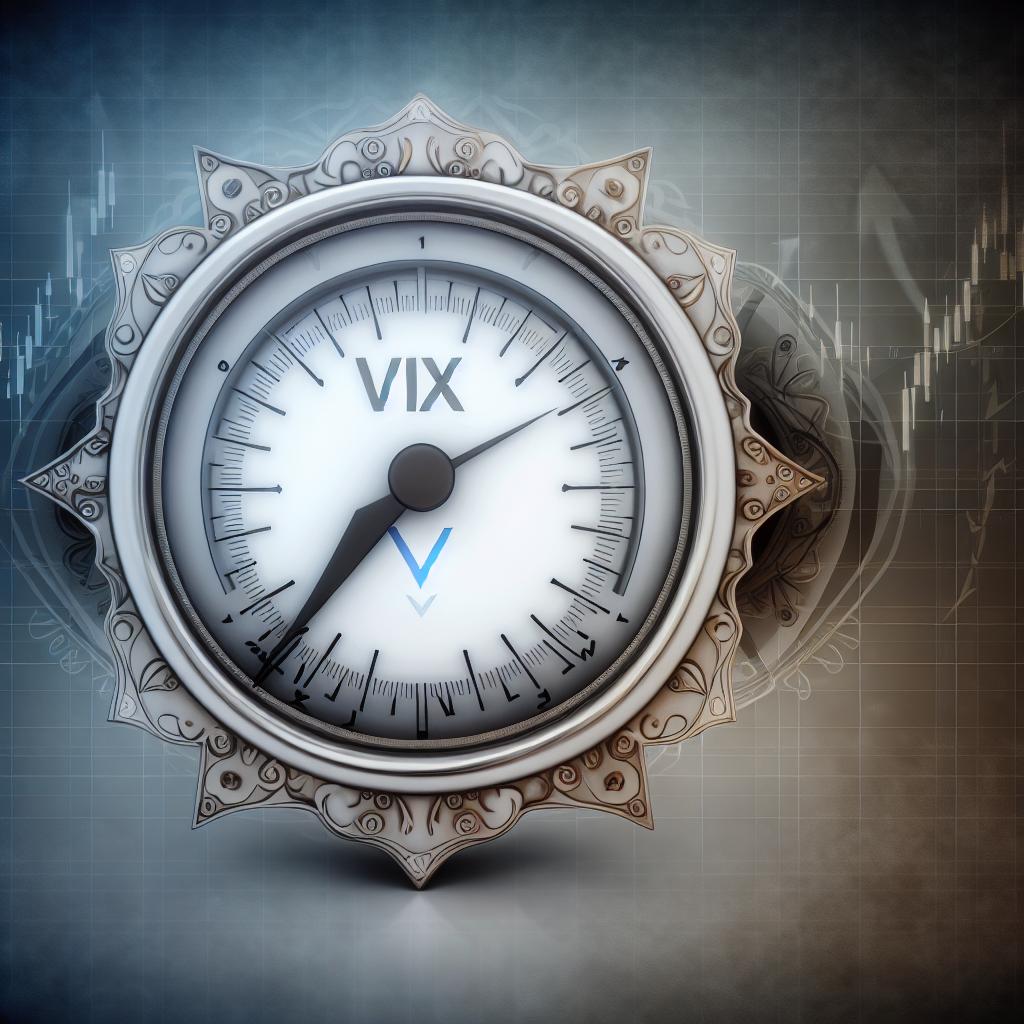Understanding High-Volatility Stocks
High-volatility stocks are securities that experience significant price fluctuations over short periods. These stocks can offer substantial returns for investors willing to accept higher risk levels. Understanding which sectors frequently house high-volatility stocks can be beneficial for those aiming to capitalize on market movements.
Technology Sector
The technology sector is well-known for its dynamic nature. Companies in this sector often operate in rapidly changing environments driven by innovation and technological advancements. As a result, tech stocks can experience high volatility, especially for those involved in emerging technologies such as artificial intelligence, blockchain, and cybersecurity. These sub-sectors are often driven by new developments, regulatory changes, and rapid shifts in demand as new products and technologies enter the marketplace.
Tech companies are usually high-growth oriented, and as such, their valuations can swing wildly based on the market expectations of future growth. Investors must pay close attention to the movements in this sector, particularly because innovations and consumer tech adoption can radically influence valuations. For example, a successful product launch or a breakthrough technology can send a stock skyrocketing, while any delays or public criticisms can result in a sharp decline.
Startups and Market Disruptors
Startups in the technology sector often present the most volatility. These companies can achieve rapid success or suffer dramatic downfalls based on their market execution and capacity to adapt. They are frequently at the forefront of emerging trends and thus can be significant drivers of volatility within the tech sector.
Biotechnology and Pharmaceuticals
The biotechnology and pharmaceutical industries often feature high-volatility stocks due to their dependence on major events such as drug approvals and clinical trial results. These events can lead to significant stock price fluctuations based on the results. The stakes are particularly high for small to mid-cap biotech firms that may depend heavily on a limited number of drugs in development.
Given this dynamic, the biotech and pharma sectors are ripe for both profit and loss. Investors often seek out these stocks in anticipation of breakthroughs that could lead to regulatory approval of new drugs, thus dramatically increasing a company’s market valuation. However, the opposite is also true. Regulatory setbacks or clinical failures can result in sharp declines in stock price.
Innovation in Drug Development
Innovation plays a crucial role in driving volatility within this industry. New methods of drug development, such as personalized medicine and biotechnology advancements, can rapidly change the fortunes of a company. Investors must stay informed about clinical trials, understand the scientific challenges, and monitor the competitive landscape to navigate this sector effectively.
Energy Sector
Energy stocks, particularly those related to oil and gas, are influenced by global commodity prices, geopolitical events, and environmental regulations. These elements all contribute to the sector’s high volatility. When economic growth is robust, demand for energy can increase, driving up stock prices. Conversely, political instability, conflicts in oil-producing regions, or a significant move toward renewable energy sources can cause price instability.
Additionally, the energy sector’s exposure to international markets means that currency fluctuations can also impact company valuations and stock prices. Companies that have a large part of their operations overseas might be susceptible to currency risks alongside commodity price risks.
Renewable Energy
Within the energy sector, renewable energy companies represent a specialized niche that experiences high volatility due to fluctuating regulatory support and evolving technologies. These companies are often seen as alternative investments within the energy sector. Government policies promoting green technology can play a significant role in these companies’ fortunes. Likewise, any changes in policy or technological advances can lead to stark shifts in their valuations.
Investors who position themselves in the renewable energy market are often looking at longer investment horizons, despite short-term volatility. The industry trend towards sustainable initiatives suggests growth, yet investors must be wary of the inherent risks and shifts in governmental policies that can affect this sector significantly.
Financial Sector
The financial sector encompasses activities ranging from banking and insurance to investment brokerage. This sector’s volatility is often tied to interest rate changes, economic cycles, and fluctuating financial markets. Economic recessions or booms can result in cyclical patterns of volatility as they impact consumer spending and lending activities.
Traditionally, stocks in this sector have been viewed as more stable, based on steady (if lower growth) and consistent dividend payouts. However, companies engaging in speculative markets or involved in sophisticated trading strategies might exhibit heightened volatility, particularly in uncertain economic times.
Banking Stocks
Banking stocks, which often engage in high levels of global trading and investment banking, can show elevated volatility during periods of economic stress or interest rate changes, as these can significantly affect their balance sheets and valuations. The competitive environment within banking also amplifies volatility, especially as non-traditional banking models, like fintech, begin to adapt and compete.
Consumer Discretionary Sector
Stocks in the consumer discretionary sector cover industries that produce non-essential goods and services, such as automotive, entertainment, and luxury goods. Market volatility here is often driven by changes in consumer preferences, economic conditions, and competitive landscapes.
During periods of economic prosperity, consumers typically spend more on discretionary goods, boosting revenues and stock prices for companies in this sector. However, during economic downturns, consumer discretionary spending generally declines, leading to increased volatility and potential downturns in these stocks.
Retail Segment
The retail industry segment within this sector is particularly susceptible to volatility, influenced by factors such as e-commerce competition, shifts in consumer trends, and economic conditions impacting consumer spending. As more consumers shift their purchasing habits online, traditional brick-and-mortar retailers face significant challenges that can impact their stock prices severely.
Retailers that successfully adapt to these changes by embracing e-commerce and understanding shifts in consumer behavior can manage volatility better than those that do not. This trend underscores the importance of adaptability and innovation within the consumer discretionary sector.
Final Thoughts
Investors seeking high-volatility stocks should consider sectors like technology, biotechnology, energy, financial, and consumer discretionary, each offering unique opportunities and risks. Conducting thorough research and analysis is crucial before making investment decisions, with an awareness of the market forces and events that drive these sectors.
Volatility in the stock market can present lucrative opportunities for those who understand and can mitigate the inherent risks. By focusing on these high-volatility sectors and consistently updating one’s knowledge, investors can make informed decisions that align with their risk tolerance and investment goals.





